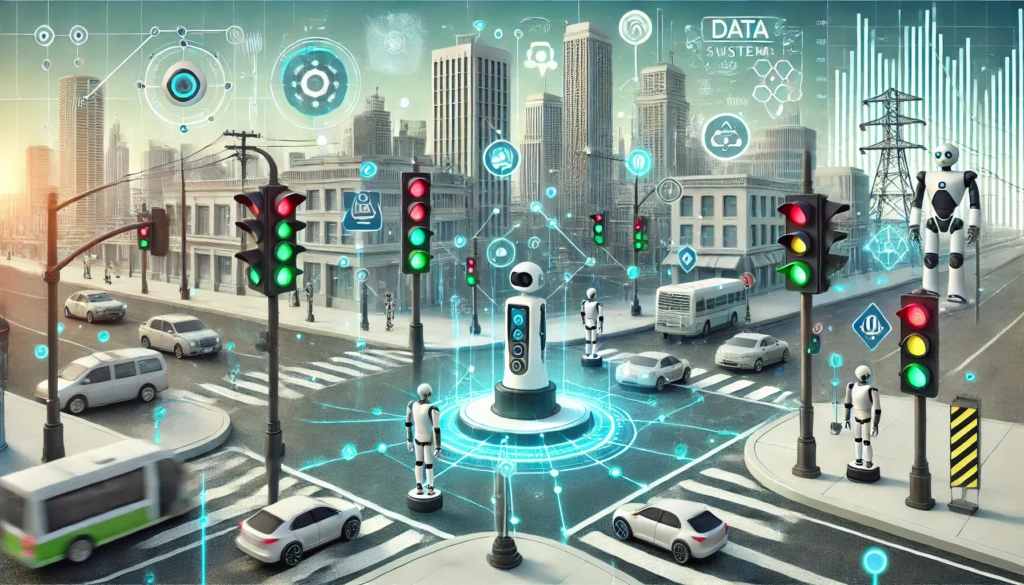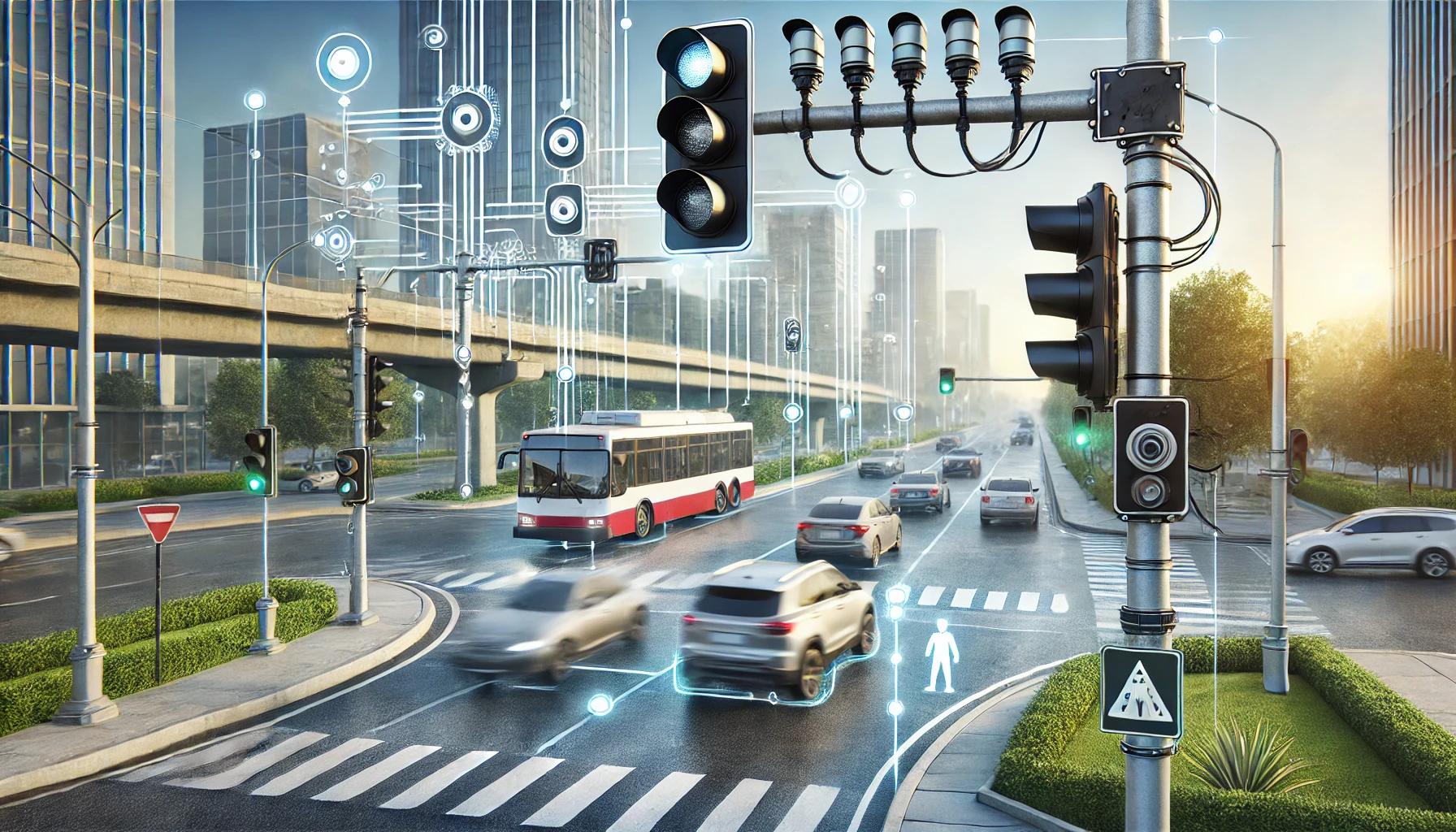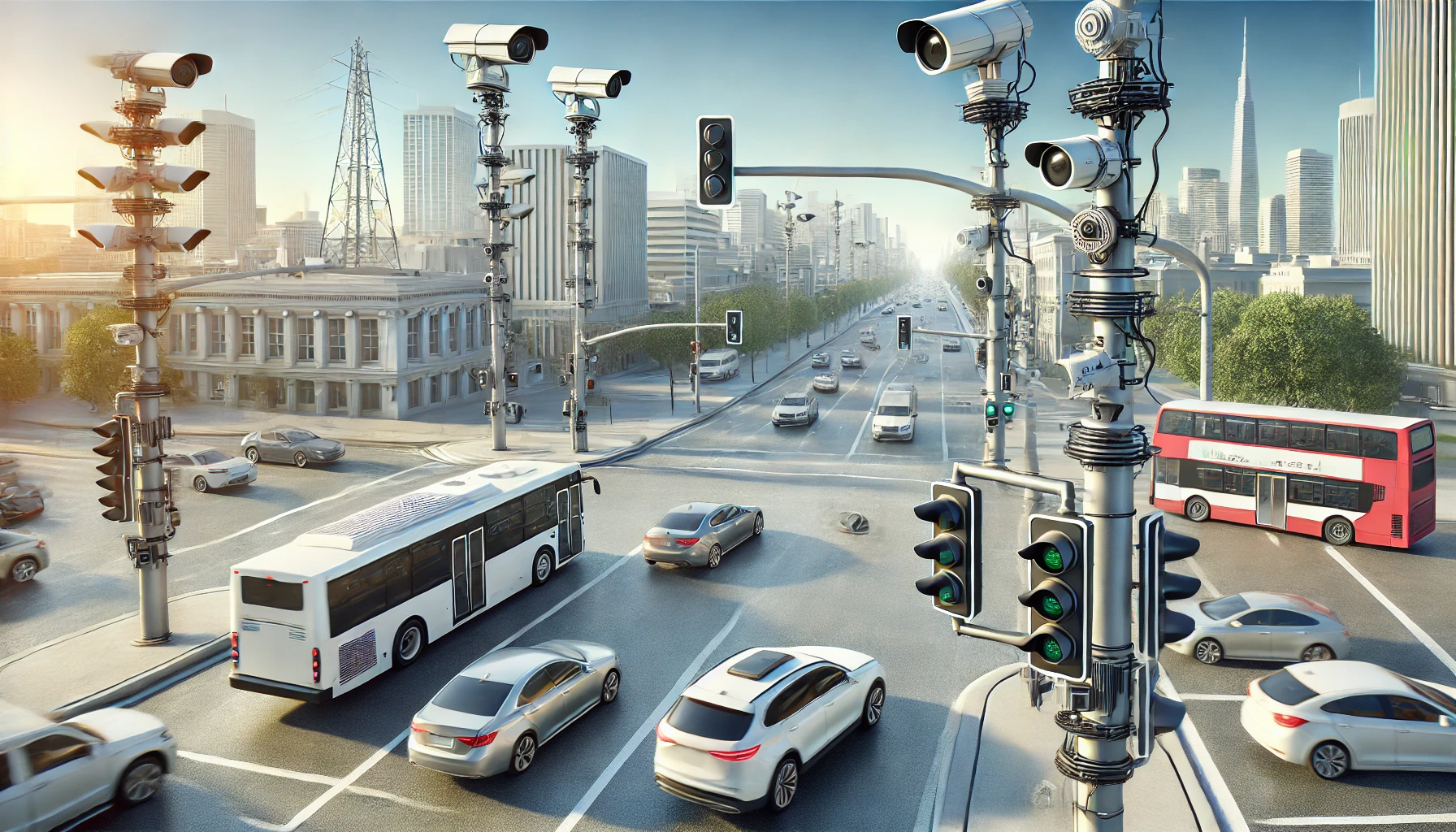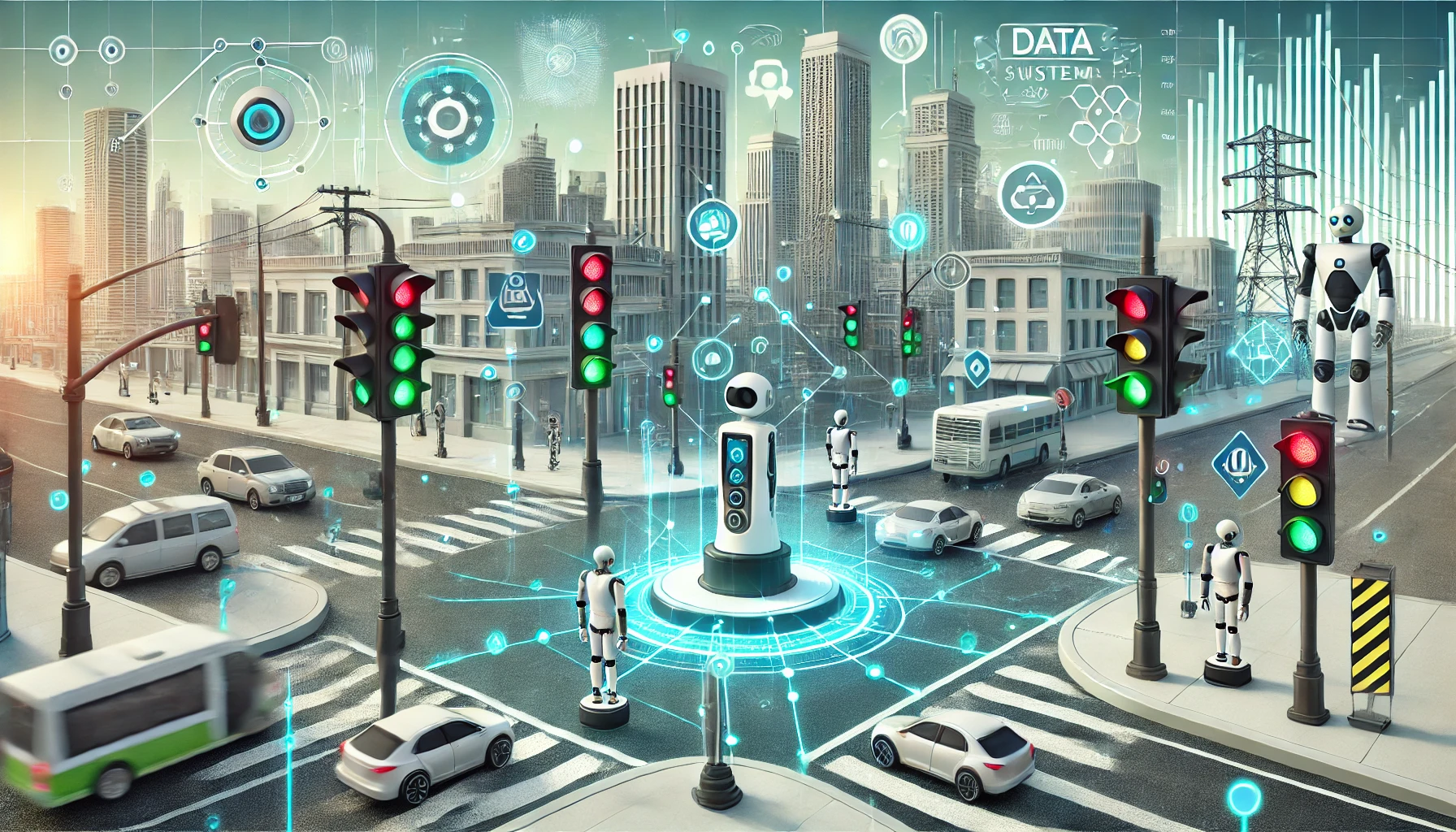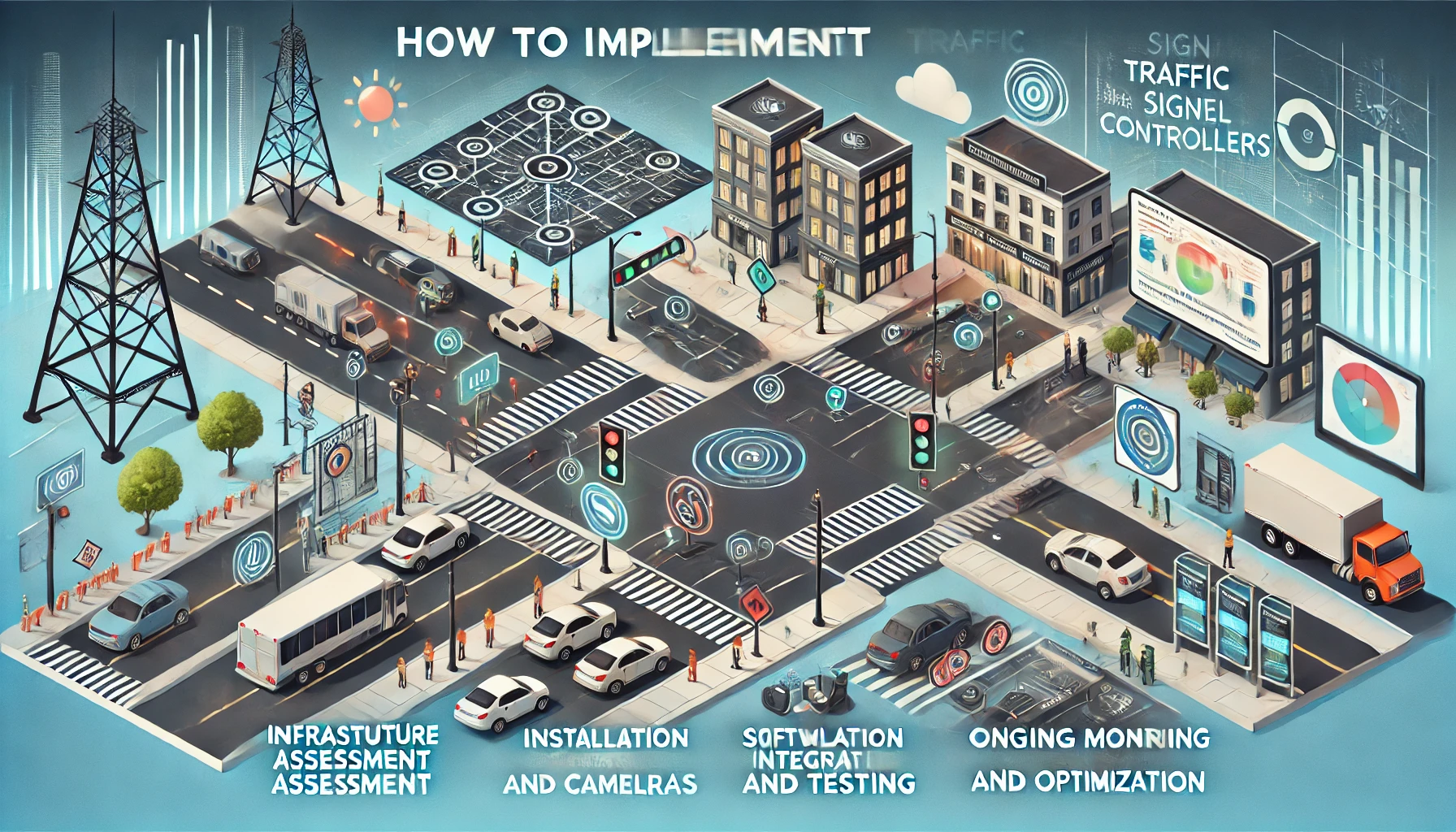In today’s fast-paced world, efficient traffic management is crucial for ensuring the smooth movement of vehicles and pedestrians. Traditional traffic signal systems, although effective, often fall short in adapting to real-time traffic conditions. This is where the automated traffic signal controller steps in. With the advent of robotics and automation, traffic signals can dynamically adjust to varying traffic patterns, reducing congestion and improving overall road safety. This article will explore how automated traffic signal controllers work, their benefits, and why they are becoming a staple in modern cities around the globe.
What is an Automated Traffic Signal Controller?
Understanding the Basics
An automated traffic signal controller is an intelligent system designed to manage and control traffic signals based on real-time data. Unlike traditional traffic controllers that follow fixed schedules, an automated traffic signal controller continuously monitors traffic flow and adjusts the signal timings accordingly. This system utilizes sensors, cameras, and advanced algorithms to optimize traffic management by responding to traffic patterns, pedestrian movement, and environmental conditions.
How Automated Traffic Signal Controllers Work
Various technologies that enable the system to gather and process data are at the heart of an automated traffic signal controller. Sensors embedded in the road surface detect the presence of vehicles, while cameras capture live images of traffic conditions. These data points are fed into a central control system that uses algorithms to analyze the information and make real-time adjustments to signal timings.
For example, during peak hours, the automated traffic signal controller might extend green light durations on roads with heavy traffic and shorten those on less congested streets. This dynamic approach ensures smoother traffic flow and minimizes delays.
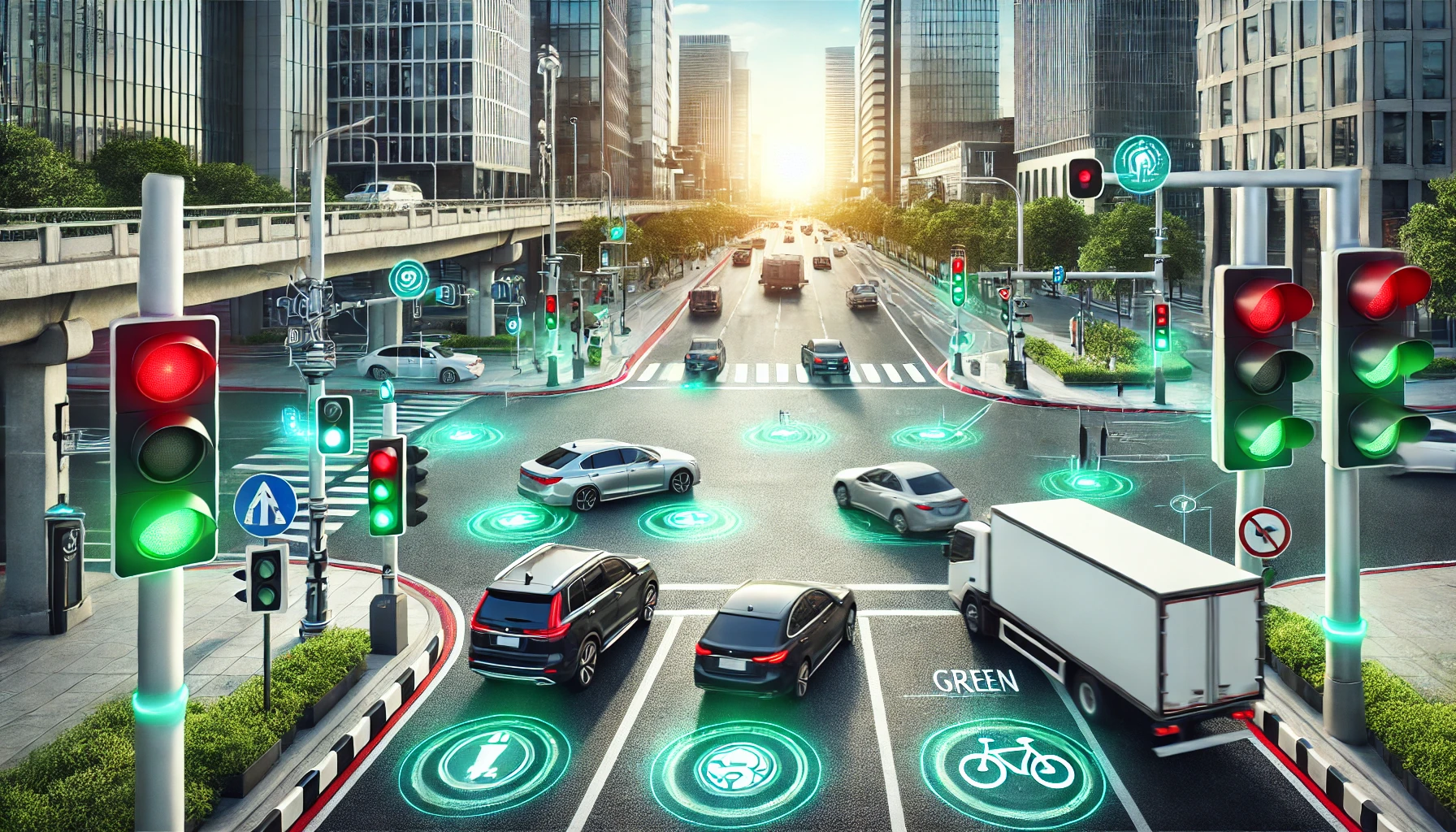
Benefits of Automated Traffic Signal Controllers
1. Improved Traffic Flow and Reduced Congestion
One of the automated traffic signal controller’s most significant advantages is its ability to reduce congestion. By adjusting signal timings in real time, the system ensures that traffic flows more smoothly, preventing bottlenecks at intersections. This dynamic approach to signal control allows for better management of peak traffic times and unexpected road conditions.
2. Enhanced Road Safety
Safety is a top priority in traffic management. Automated traffic signal controllers can reduce the risk of accidents by responding faster than human-controlled systems. For instance, when traffic congestion or a potential collision is detected, the system can automatically adjust the signal cycle to provide more green light time for vehicles that need to move, clearing intersections and reducing the likelihood of accidents.
3. Environmental Benefits
Automated traffic signal controllers can optimize traffic flow, leading to significant environmental benefits. Fewer vehicles idling at red lights reduces fuel consumption, which in turn lowers vehicle emissions. Automated traffic signal controllers are key to supporting sustainable urban transportation.
4. Cost-Effective Long-Term Solution
While the initial setup of an automated traffic signal controller may involve some investment in infrastructure, such as sensors and control systems, the long-term savings are considerable. Reducing traffic-related delays, accidents, and fuel consumption translates into lower operational and maintenance costs. Additionally, automation reduces the need for human intervention, further decreasing labour costs.
5. Integration with Smart City Infrastructure
As cities become smarter through robotics and automation, automated traffic signal controllers play a crucial role in developing smart city ecosystems. These controllers can be integrated with other smart city technologies like autonomous vehicles to create a more connected and efficient urban environment. Synchronising traffic signals with other smart infrastructure can enhance city mobility and sustainability.
Key Features of Automated Traffic Signal Controllers
1. Real-Time Data Processing
The core of an automated traffic signal controller lies in its ability to process real-time data. Sensors and cameras continuously feed data to the system, which analyzes the information and adjusts signal timings accordingly. This ensures that traffic signals always respond to the most current traffic conditions.
2. Adaptive Traffic Control Algorithms
The algorithms used in automated controllers are designed to learn from traffic patterns and optimize signal timings over time. These adaptive systems can adjust to seasonal traffic changes, local events, or unforeseen disruptions, offering a highly flexible and efficient solution to traffic management.
3. Connectivity with Other Smart Systems
One of the greatest advantages of automated traffic signal controllers is their ability to connect with other smart systems. These controllers can exchange data with vehicle-to-infrastructure (V2I) systems, traffic management centres, and emergency vehicles. This connectivity enables real-time coordination and communication, further enhancing traffic flow.
4. Integration with Public Transportation
Automated traffic signal controllers can also be integrated with public transportation systems, prioritizing buses or trams to reduce delays. This coordination between public and private transport modes helps improve the efficiency of the entire transportation network.
The Role of Robotics and Automation in Traffic Control
The Integration of Robotics and Automation
The advancement of robotics and automation has greatly influenced the evolution of automated traffic management systems. In the case of automated traffic signal controllers, robotics and automation enable the continuous collection and analysis of traffic data. Sensors, cameras, and machine learning algorithms allow these systems to learn from traffic patterns and improve over time.
Moreover, robotics and automation in traffic control also extend to autonomous vehicles. By connecting automated signal systems with self-driving cars, roads can be better managed and coordinated, reducing the chance of accidents and improving traffic efficiency.
The Future of Traffic Management with Robotics and Automation
The future of automated traffic signal controllers looks promising with the continued development of robotics and automation. As cities integrate more smart technologies into their infrastructure, automated signal controllers will play an even more vital role in optimizing traffic flow, reducing energy consumption, and enhancing safety. Future systems may include advanced predictive algorithms that anticipate traffic patterns before they occur, allowing for even more precise and efficient signal control.
How to Implement Automated Traffic Signal Controllers
Steps for Implementation
- Infrastructure Assessment: Before implementing an automated traffic signal controller, cities must assess their existing infrastructure. This includes evaluating the road network, sensor placements, and communication systems.
- Selecting the Right Technology: Different cities have different needs based on traffic conditions. Choosing the appropriate system, whether a fully integrated smart city solution or a stand-alone traffic controller, is crucial for success.
- Installation of Sensors and Cameras: Installing sensors and cameras at key intersections is vital for collecting accurate data about traffic conditions.
- Software Integration and Testing: The software that powers the automated traffic signal controller must be integrated with the city’s traffic management systems. After installation, extensive testing ensures the system operates effectively under real-world conditions.
- Ongoing Monitoring and Optimization: Continuous monitoring and optimization are essential once the system is live. Over time, the system learns from traffic patterns and becomes more efficient.
FAQs on Automated Traffic Signal Controllers
1. What is an automated traffic signal controller?
An automated traffic signal controller is a system that uses sensors, cameras, and algorithms to adjust traffic light timings based on real-time traffic conditions, optimizing traffic flow and reducing congestion.
2. How does an automated traffic signal controller improve traffic flow?
The system adjusts signal timings dynamically, extending green lights for busy roads and shortening them for less congested ones. This minimizes delays, reduces bottlenecks, and ensures a smoother traffic flow.
3. What role do robotics and automation play in traffic signal control?
Robotics and automation enhance the functionality of traffic signal controllers by enabling real-time data collection and decision-making. They help optimize traffic flow and integrate with other smart city systems for better coordination.
4. Can automated traffic signal controllers reduce traffic accidents?
Yes, automated controllers can reduce the likelihood of accidents by responding to real-time traffic conditions. They clear congested intersections faster and adjust signals to prevent collisions.
5. Are automated traffic signal controllers cost-effective?
While the initial setup can be costly, the long-term benefits, such as reduced fuel consumption, lower accident rates, and less maintenance, make automated traffic signal controllers a cost-effective solution.
Conclusion
The adoption of automated traffic signal controllers is a game-changer in urban traffic management. Powered by robotics and automation, these systems optimize traffic flow, reduce congestion, improve safety, and promote environmental sustainability. As cities continue to embrace smart technologies, automated traffic signal controllers will play an essential role in shaping the future of urban mobility. With continued advancements, the possibilities for smarter, more efficient traffic management are limitless.

